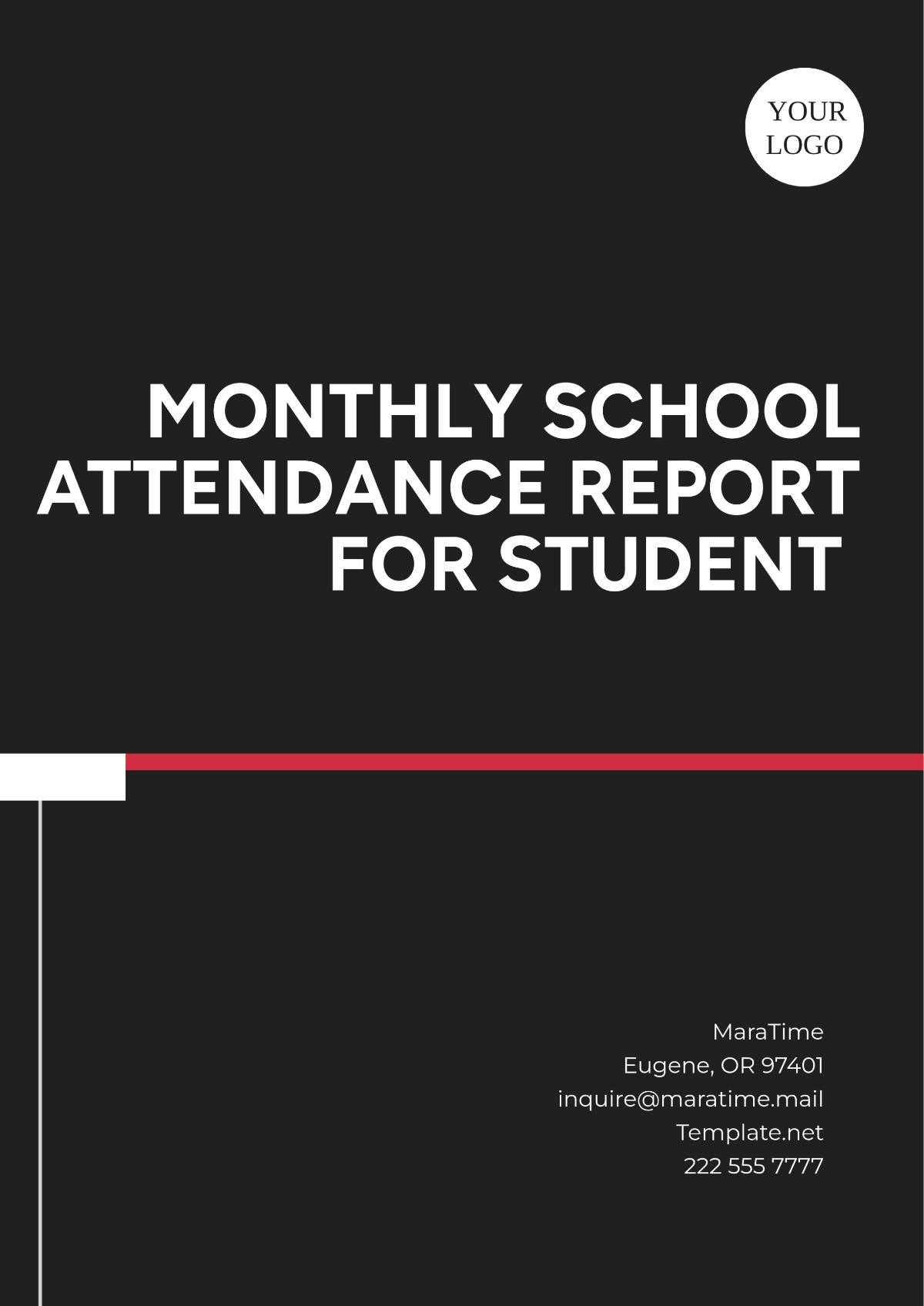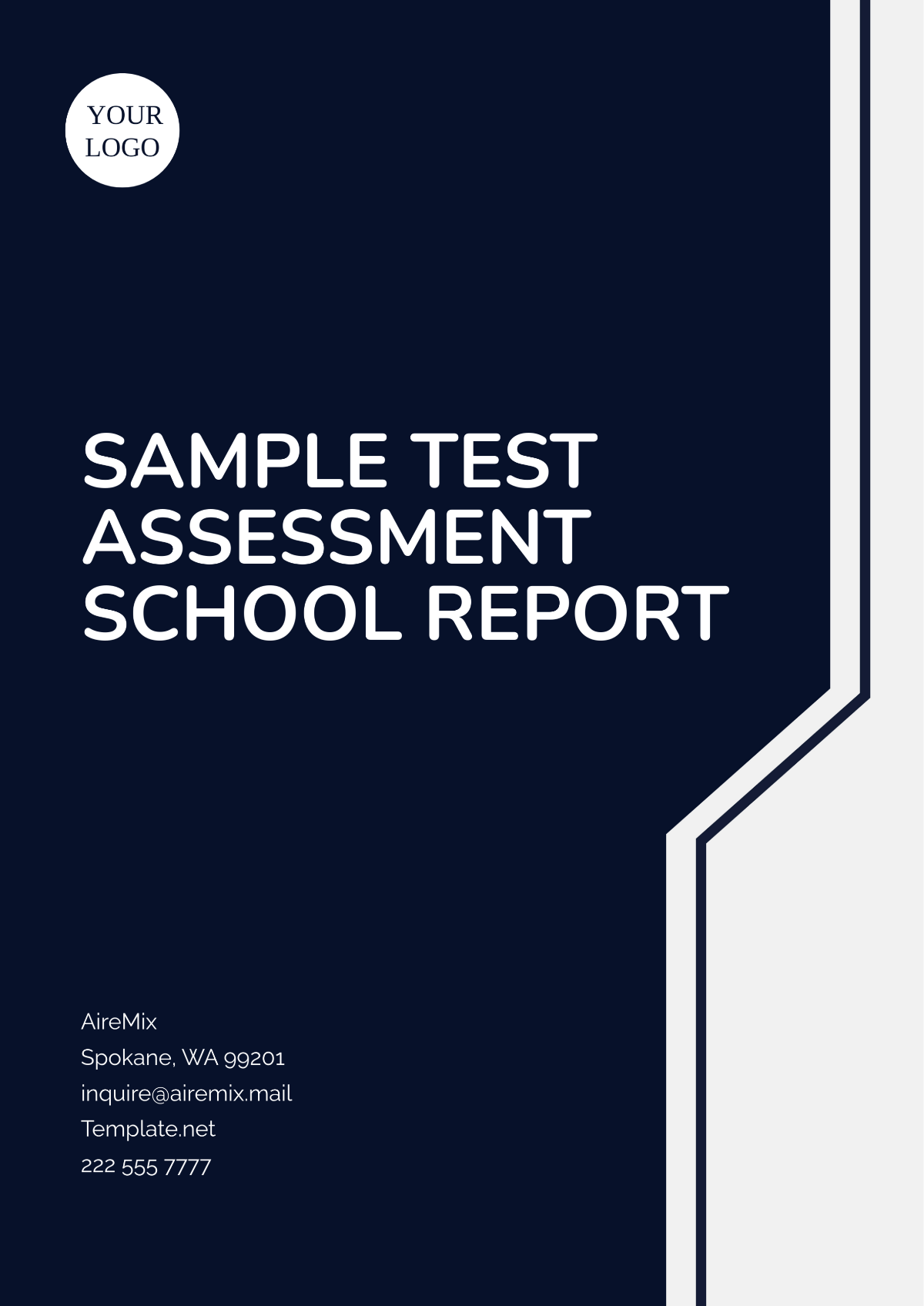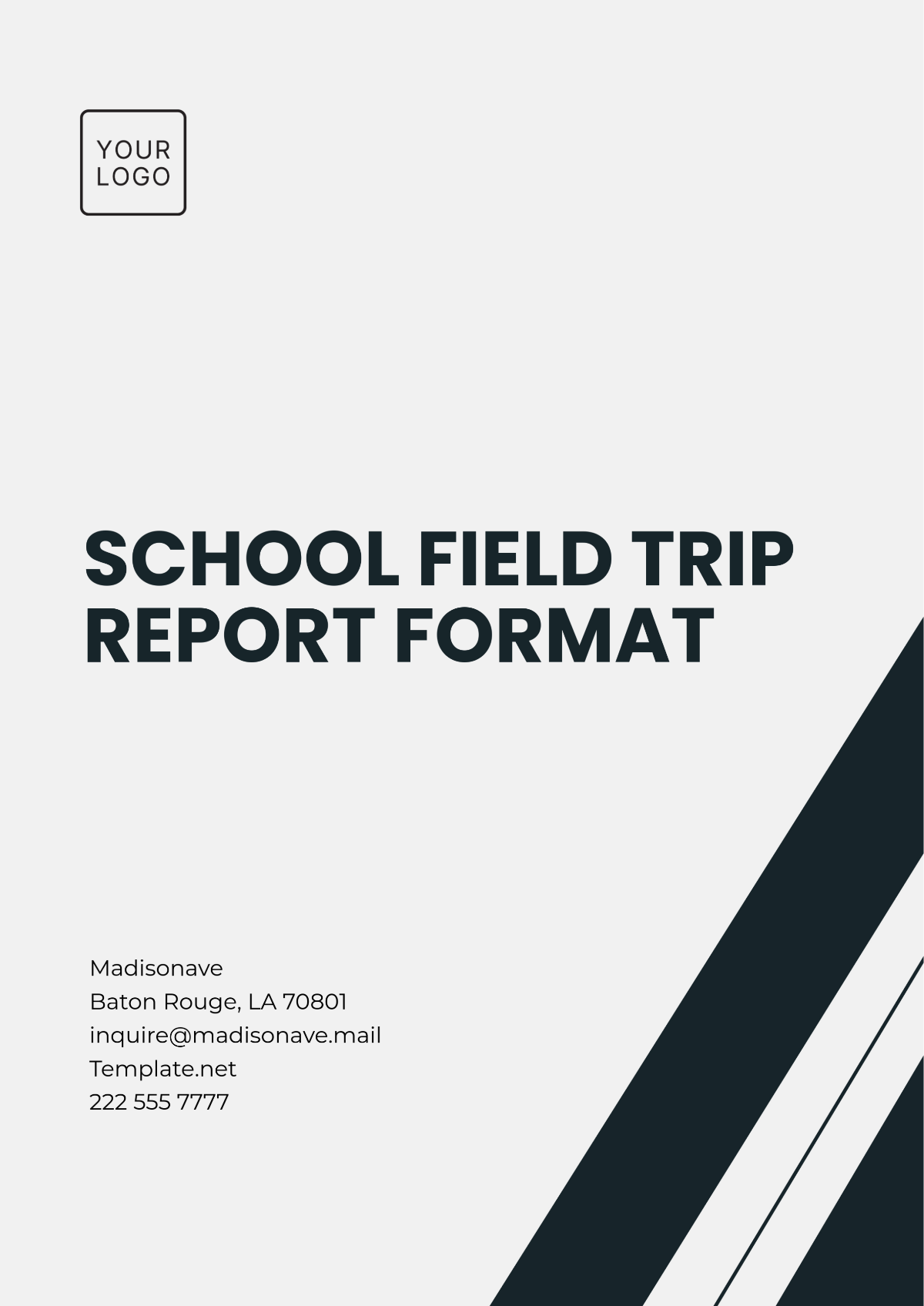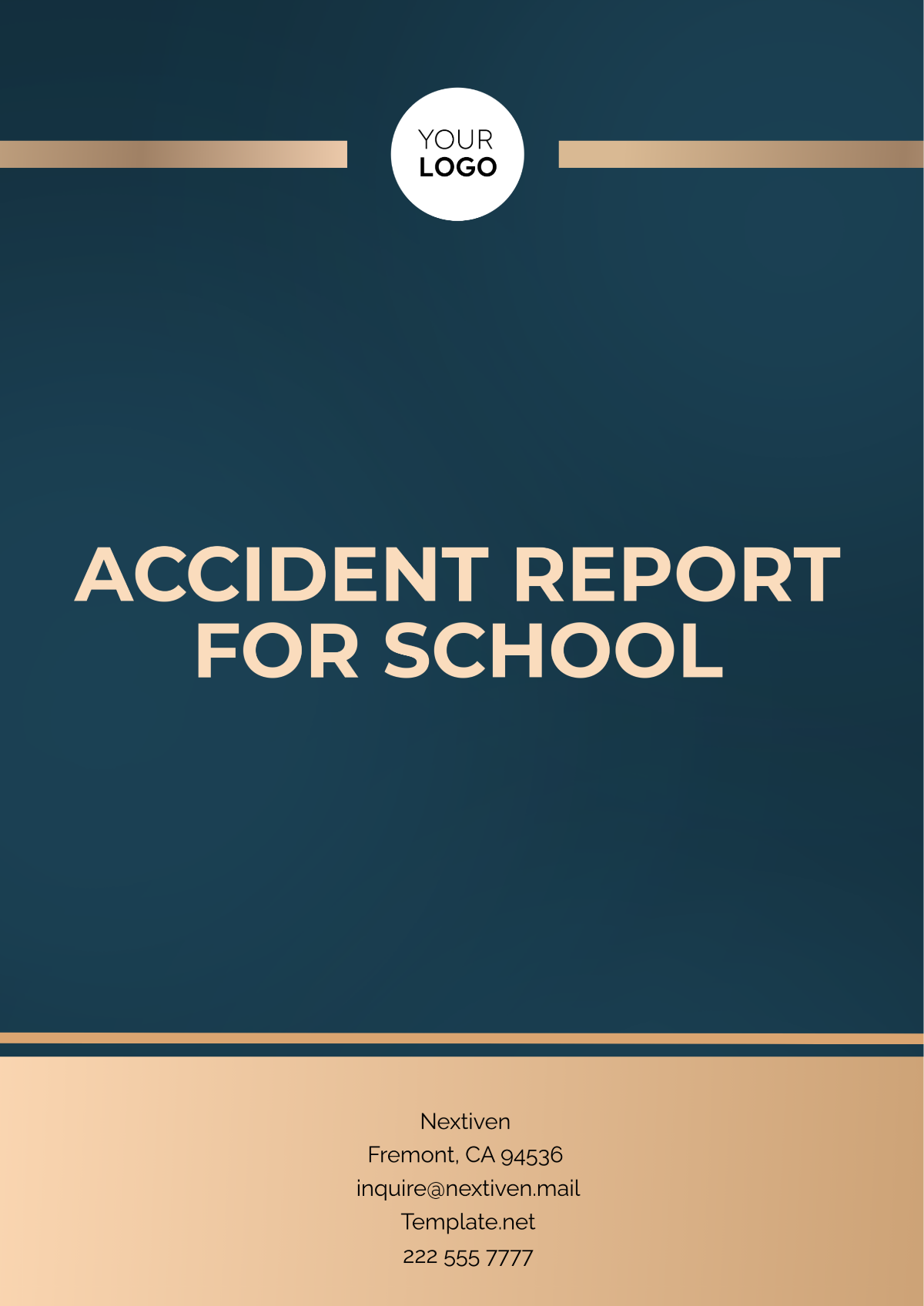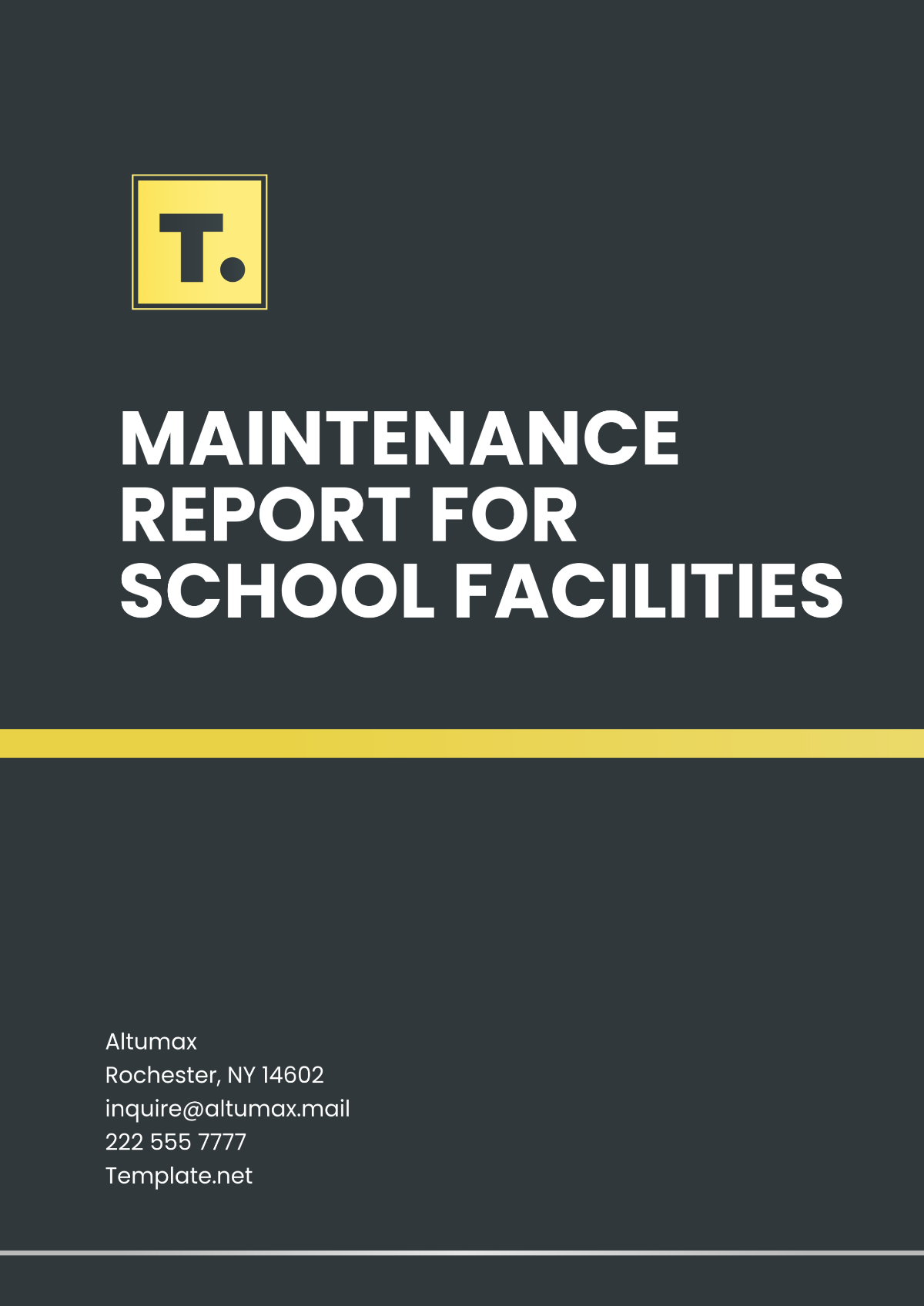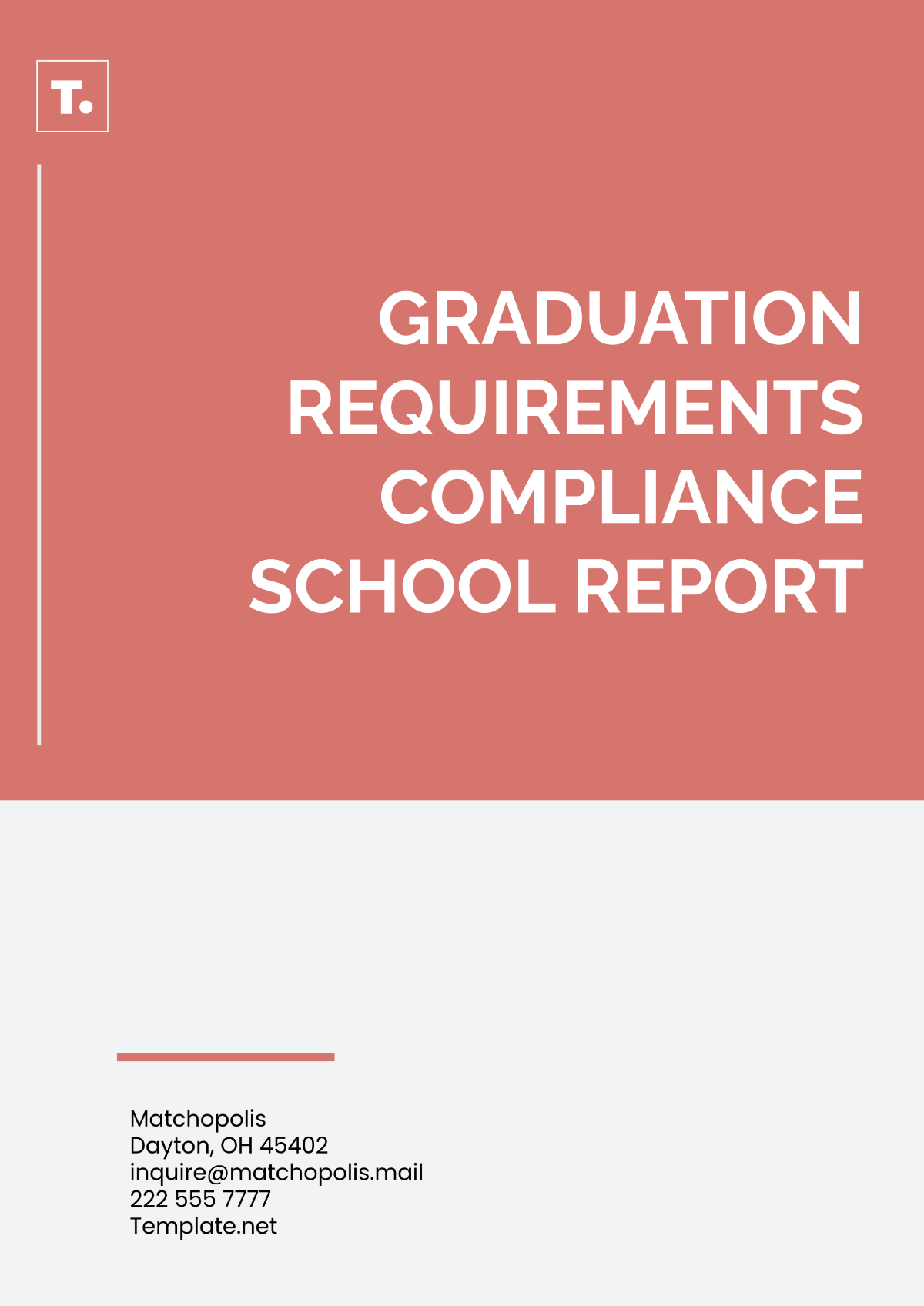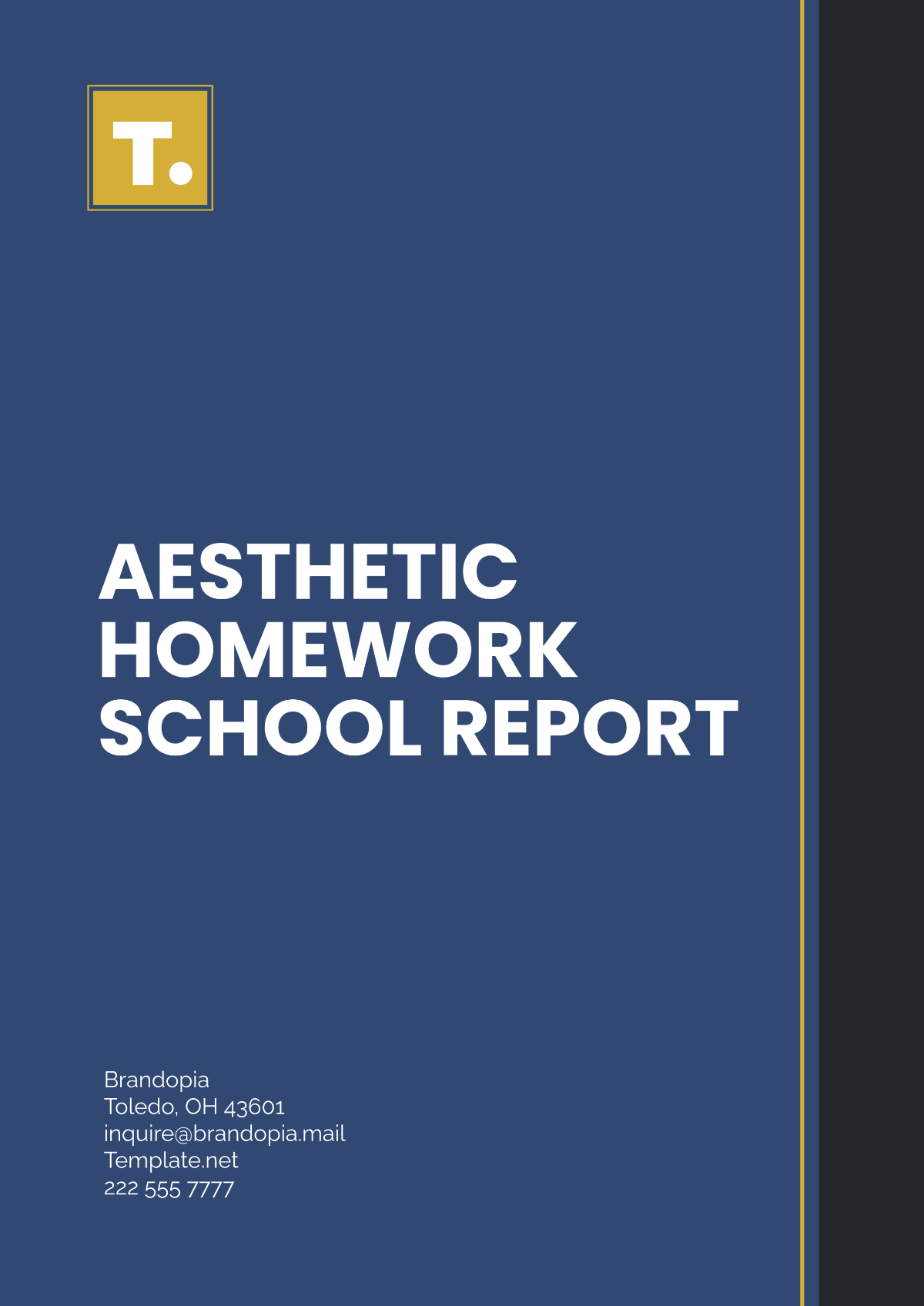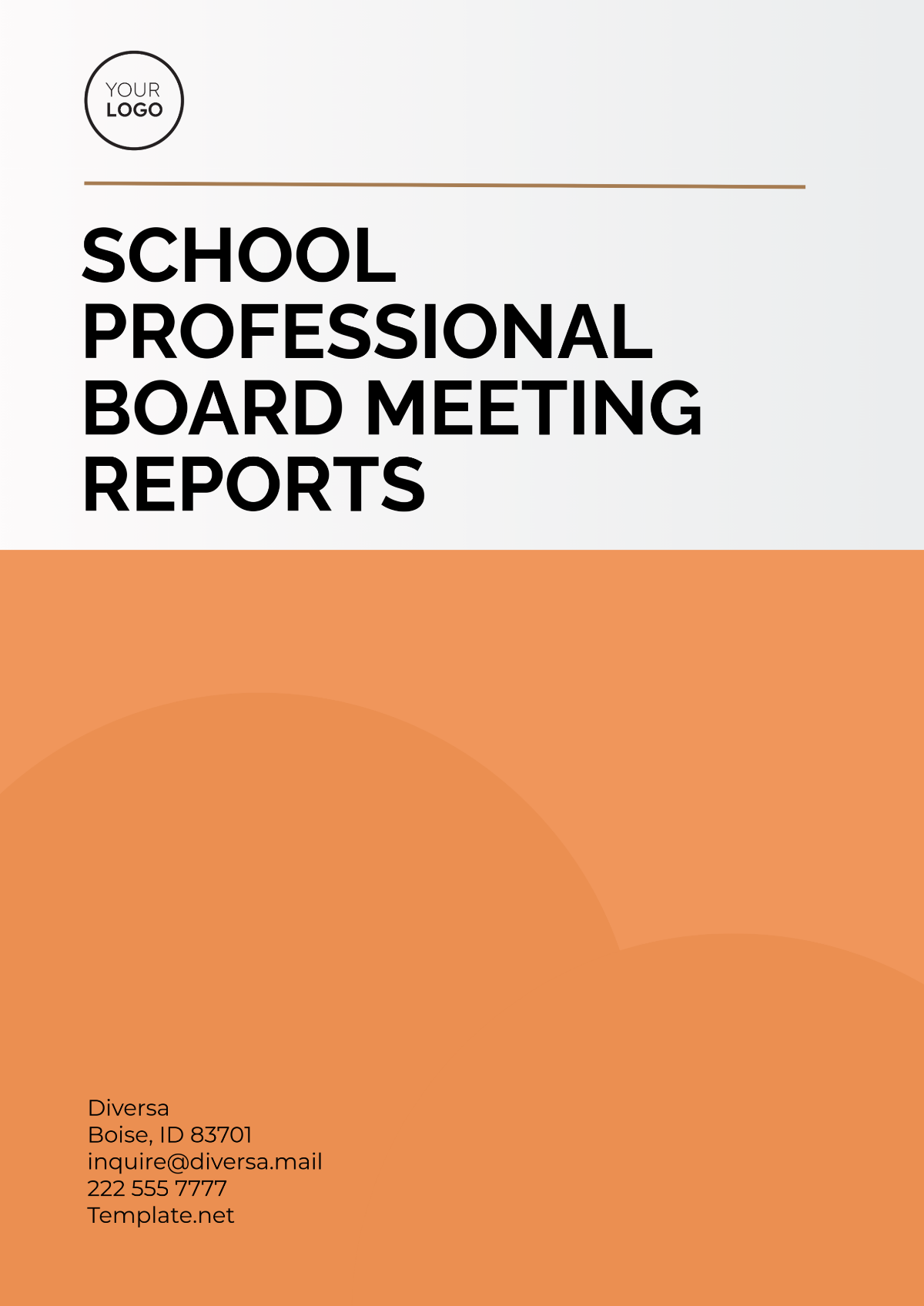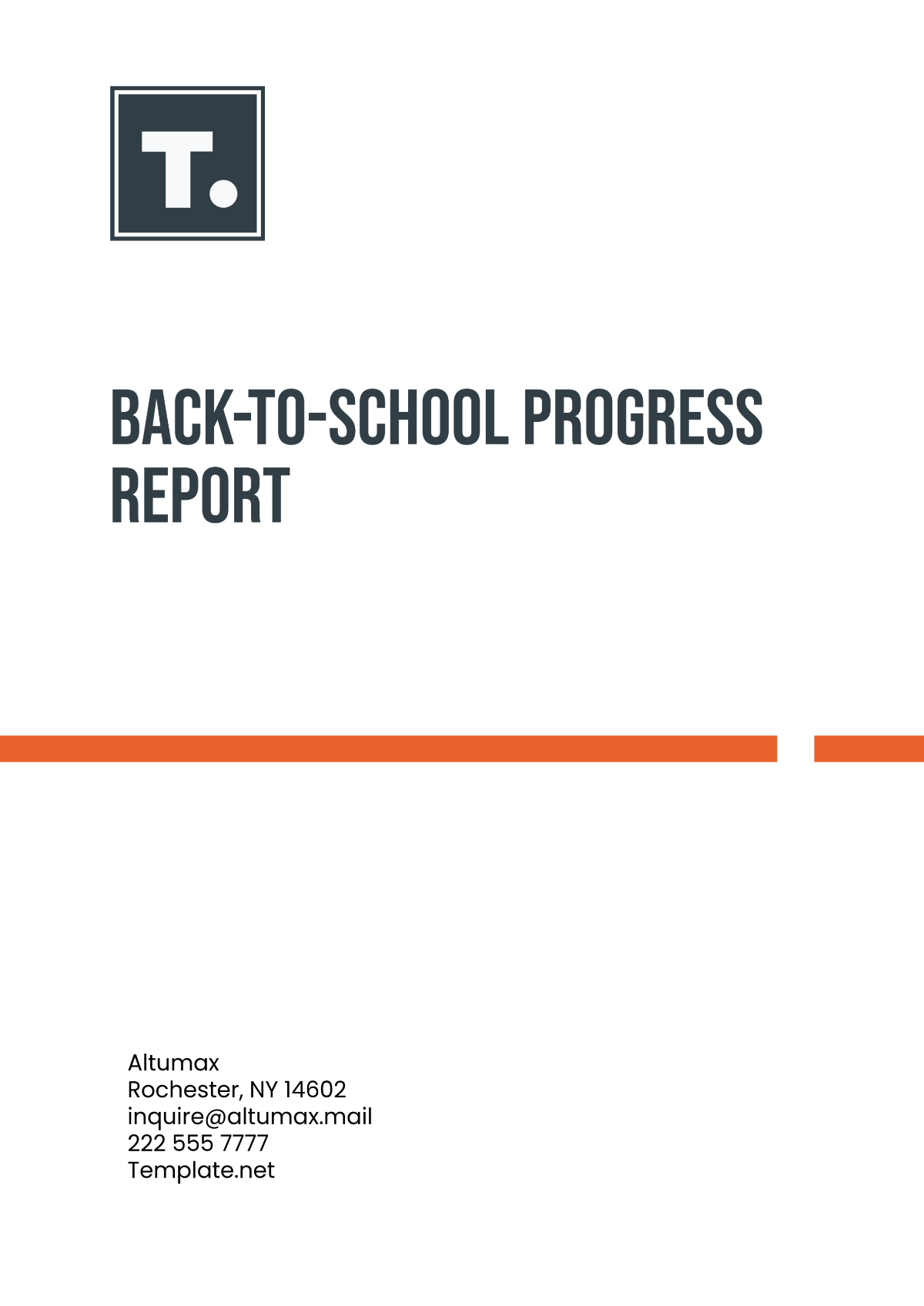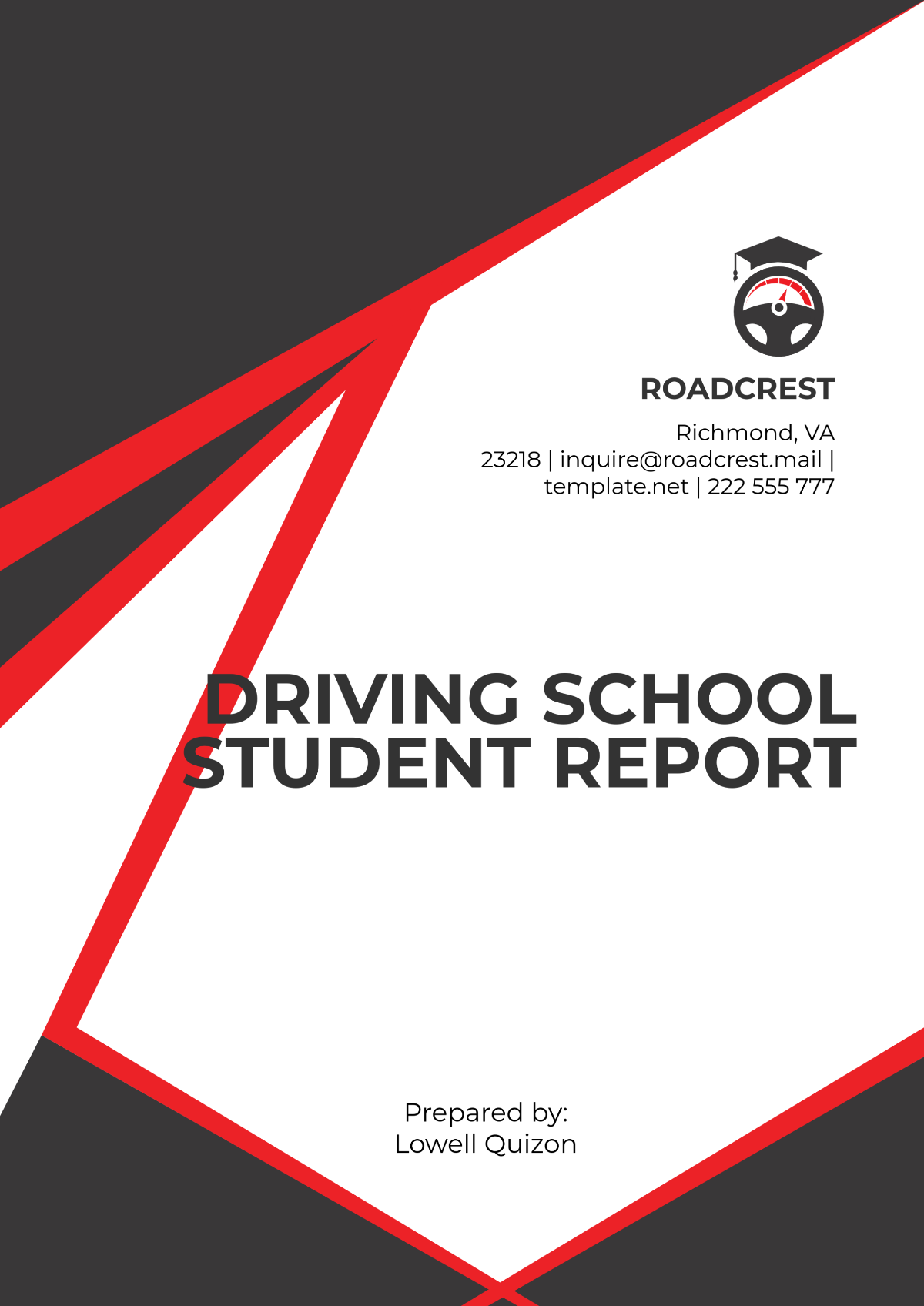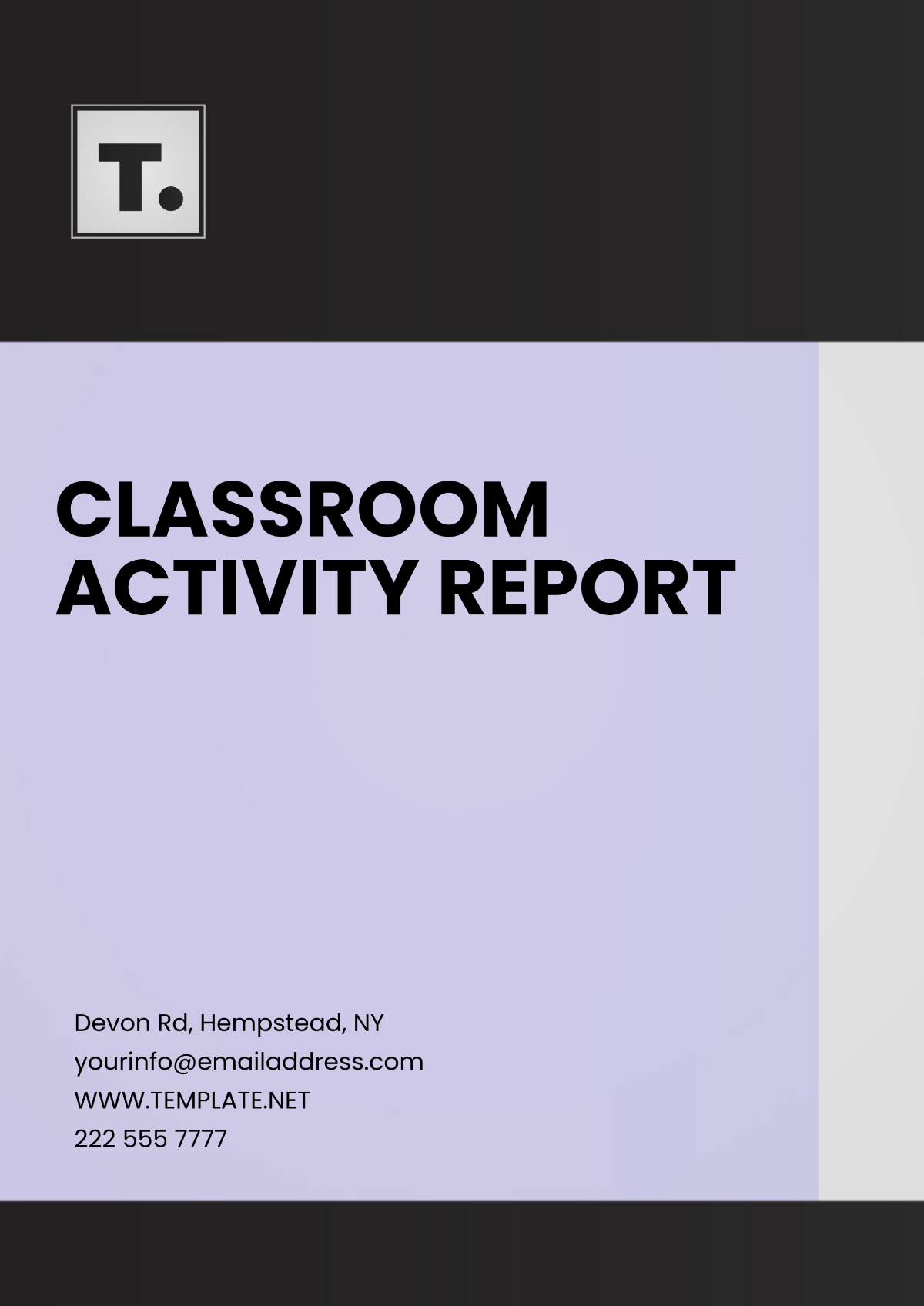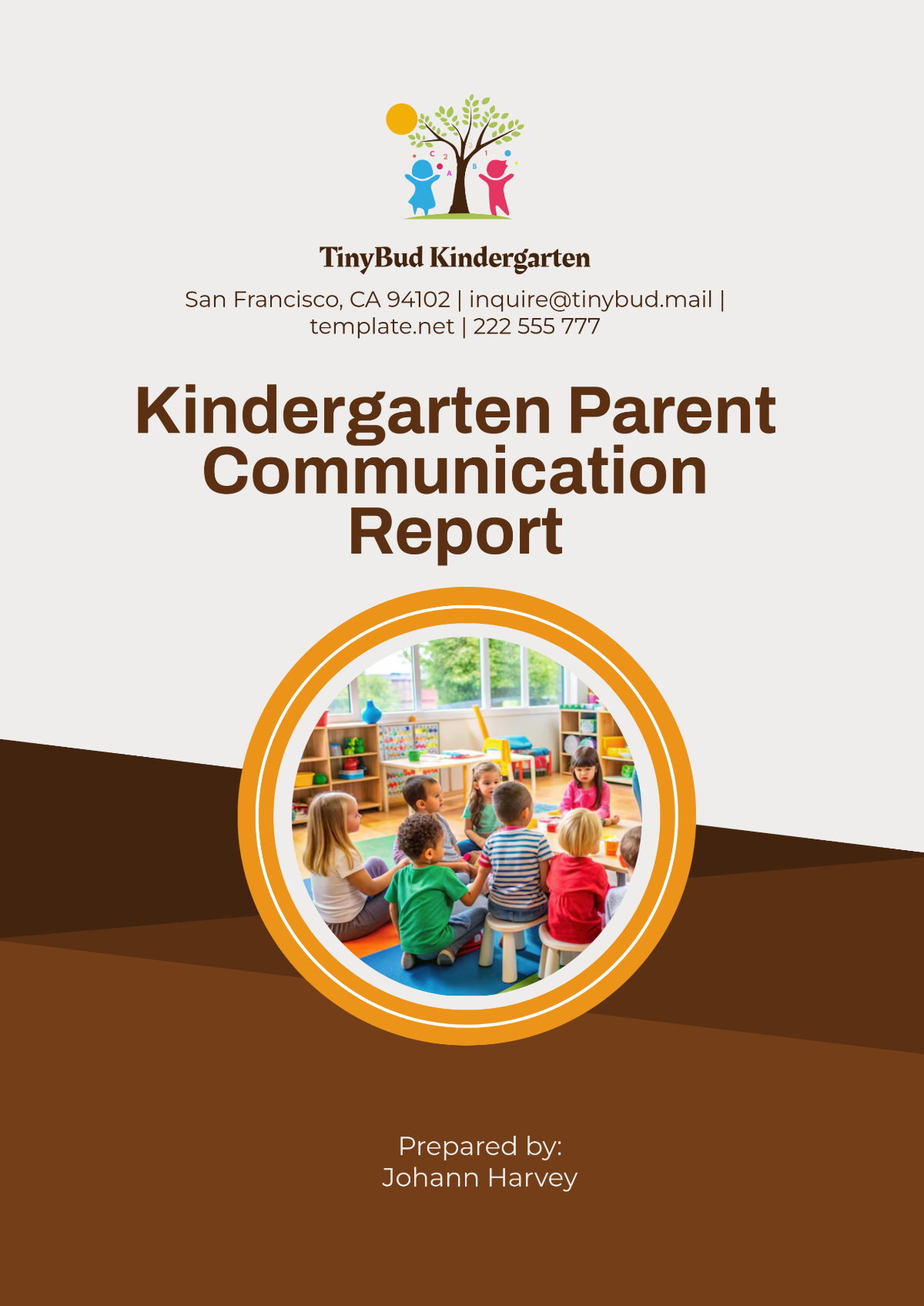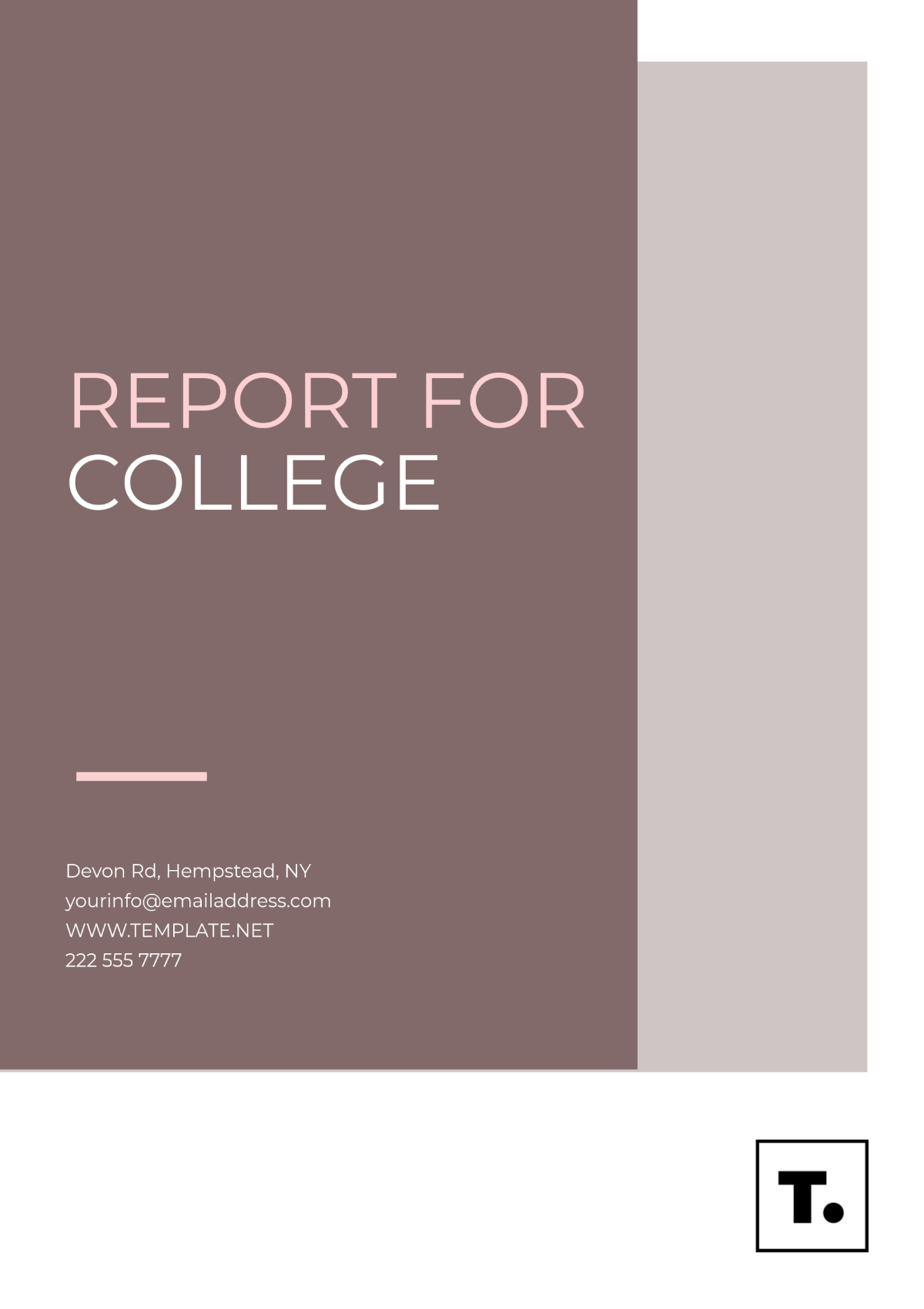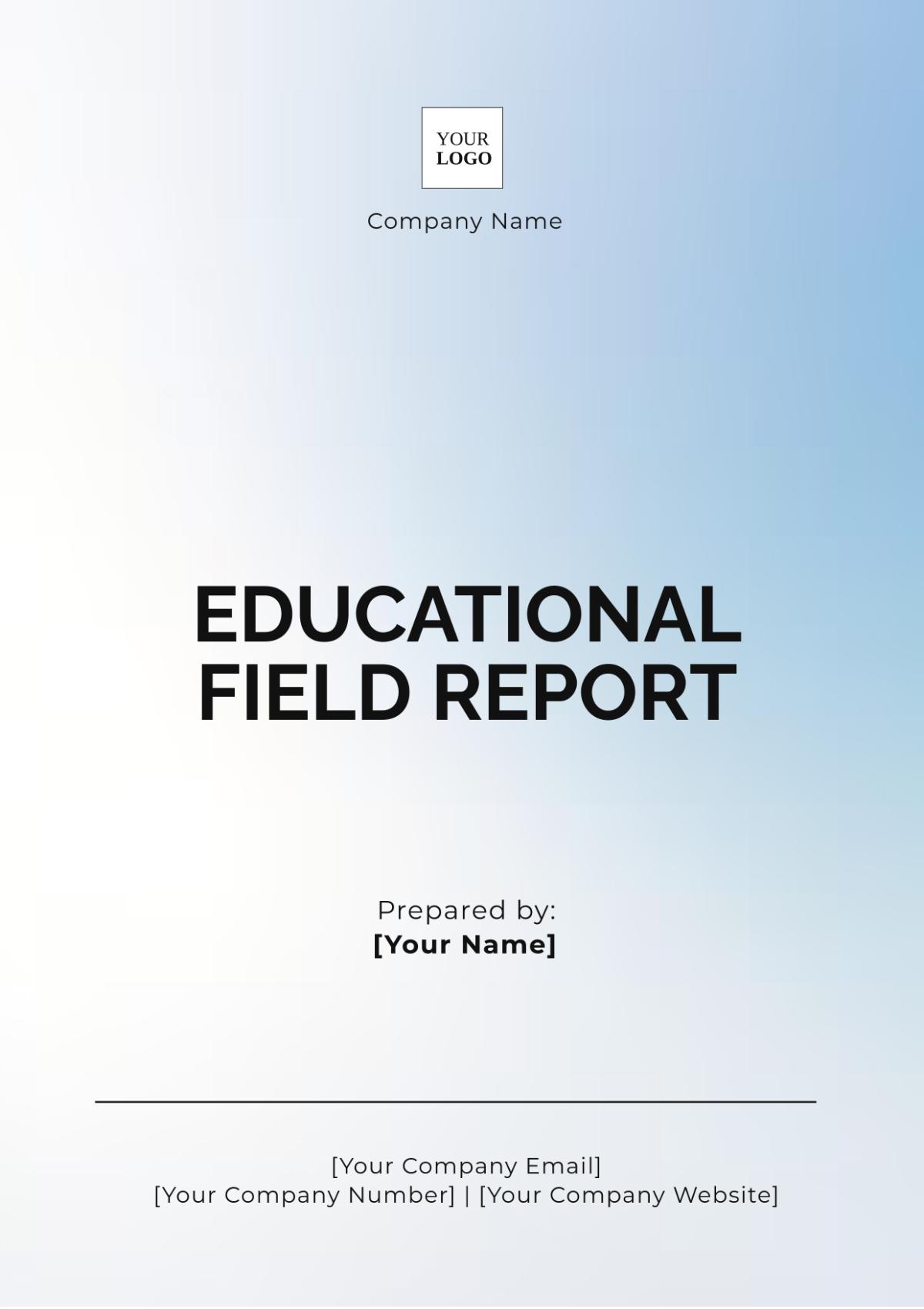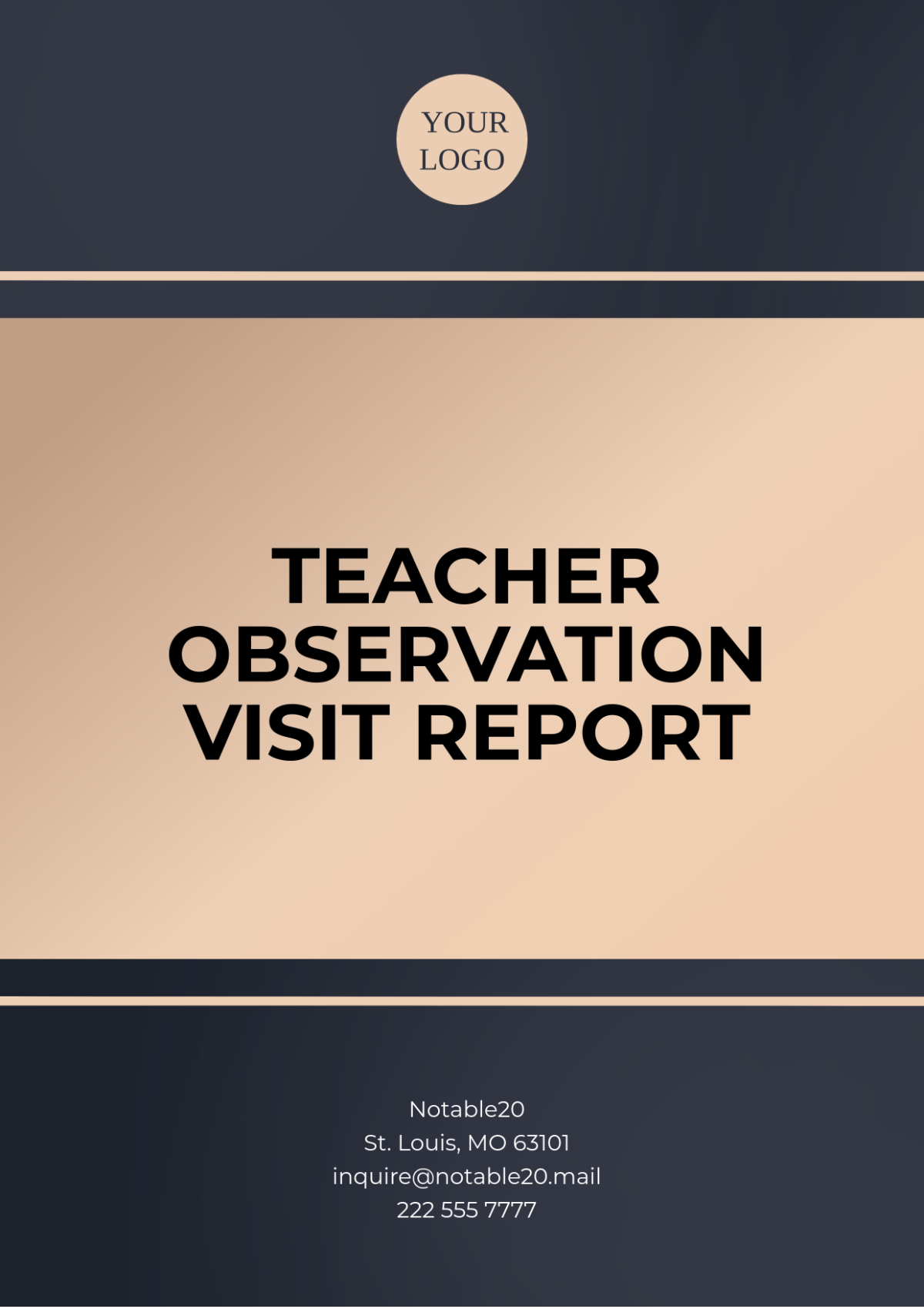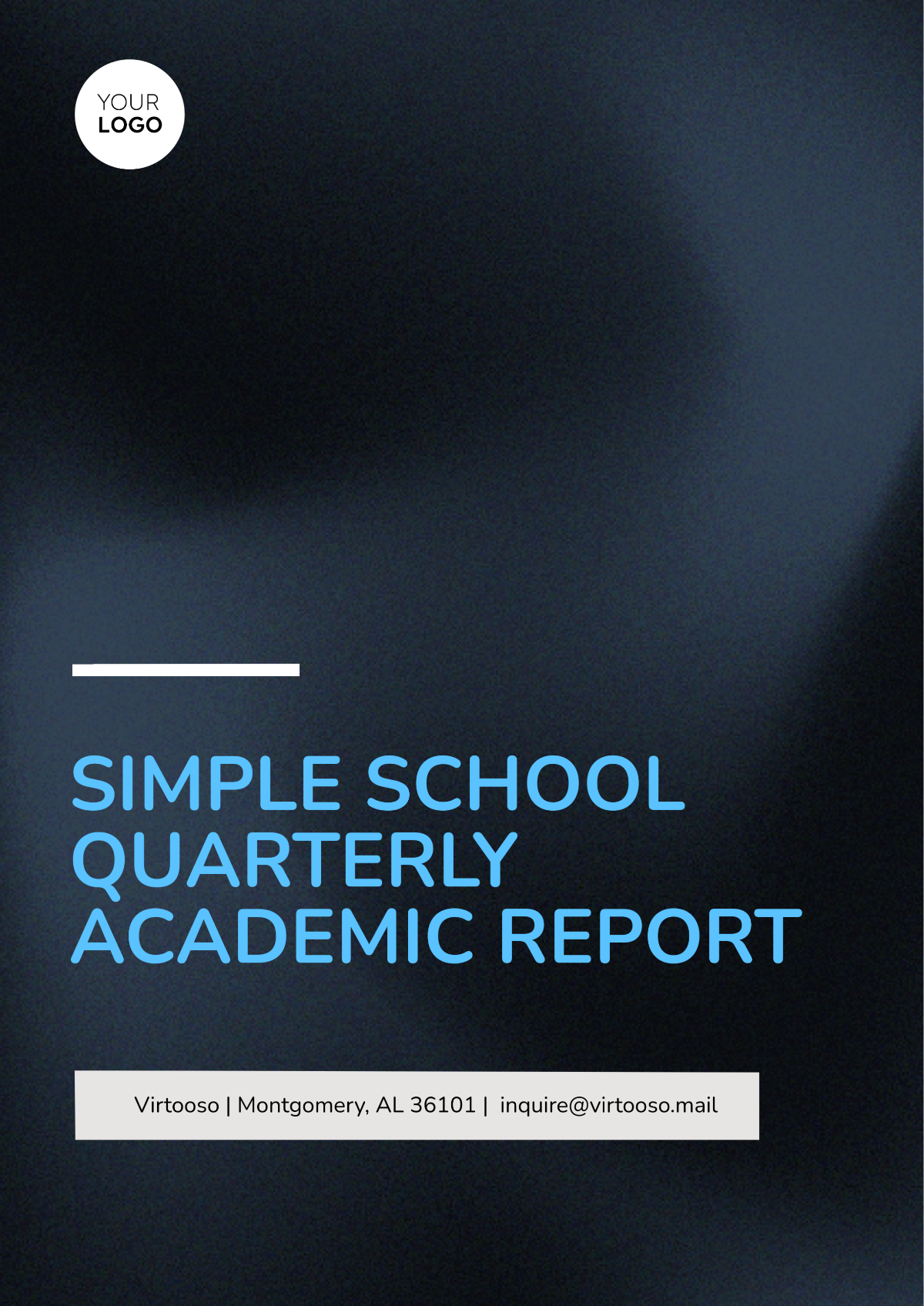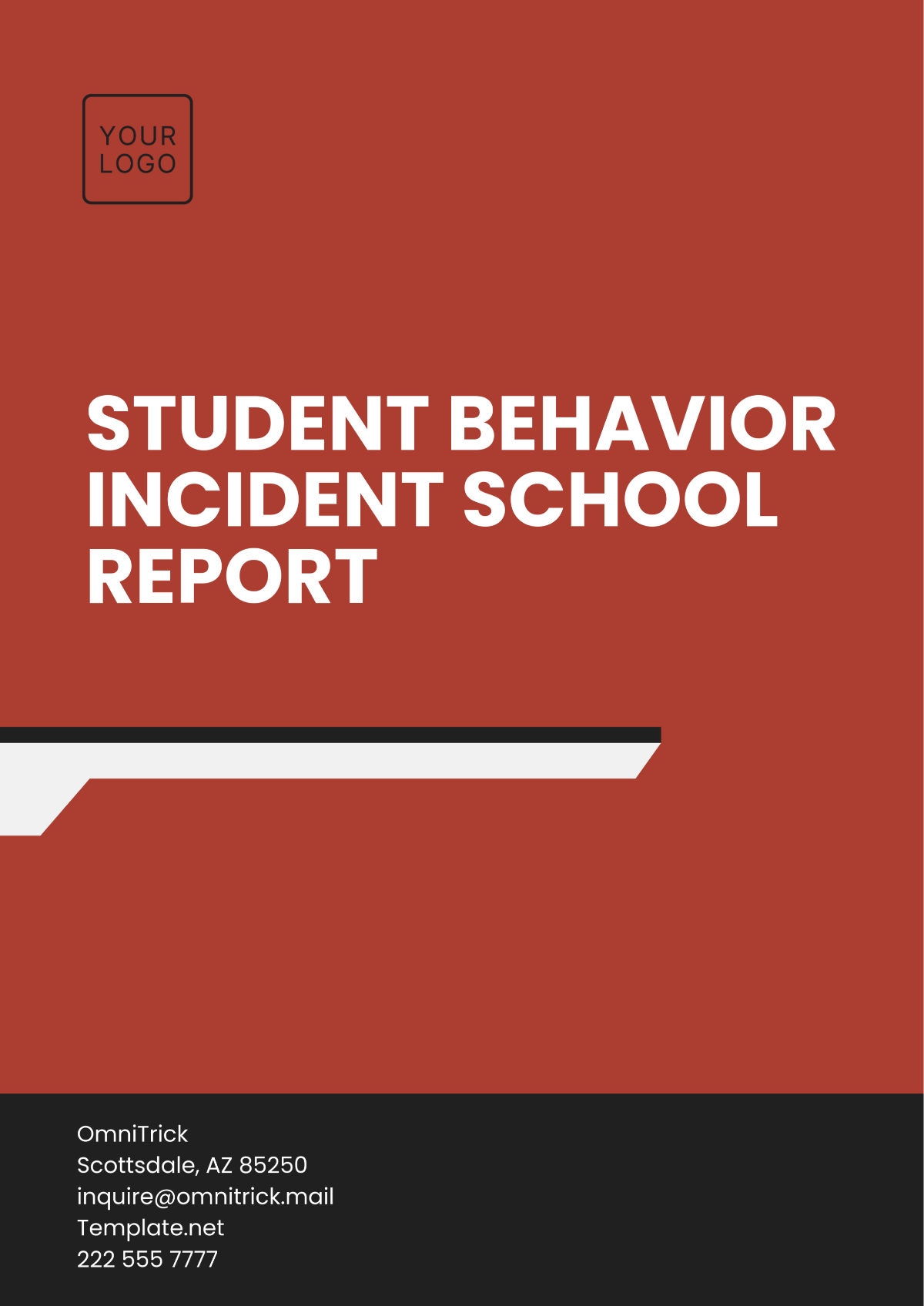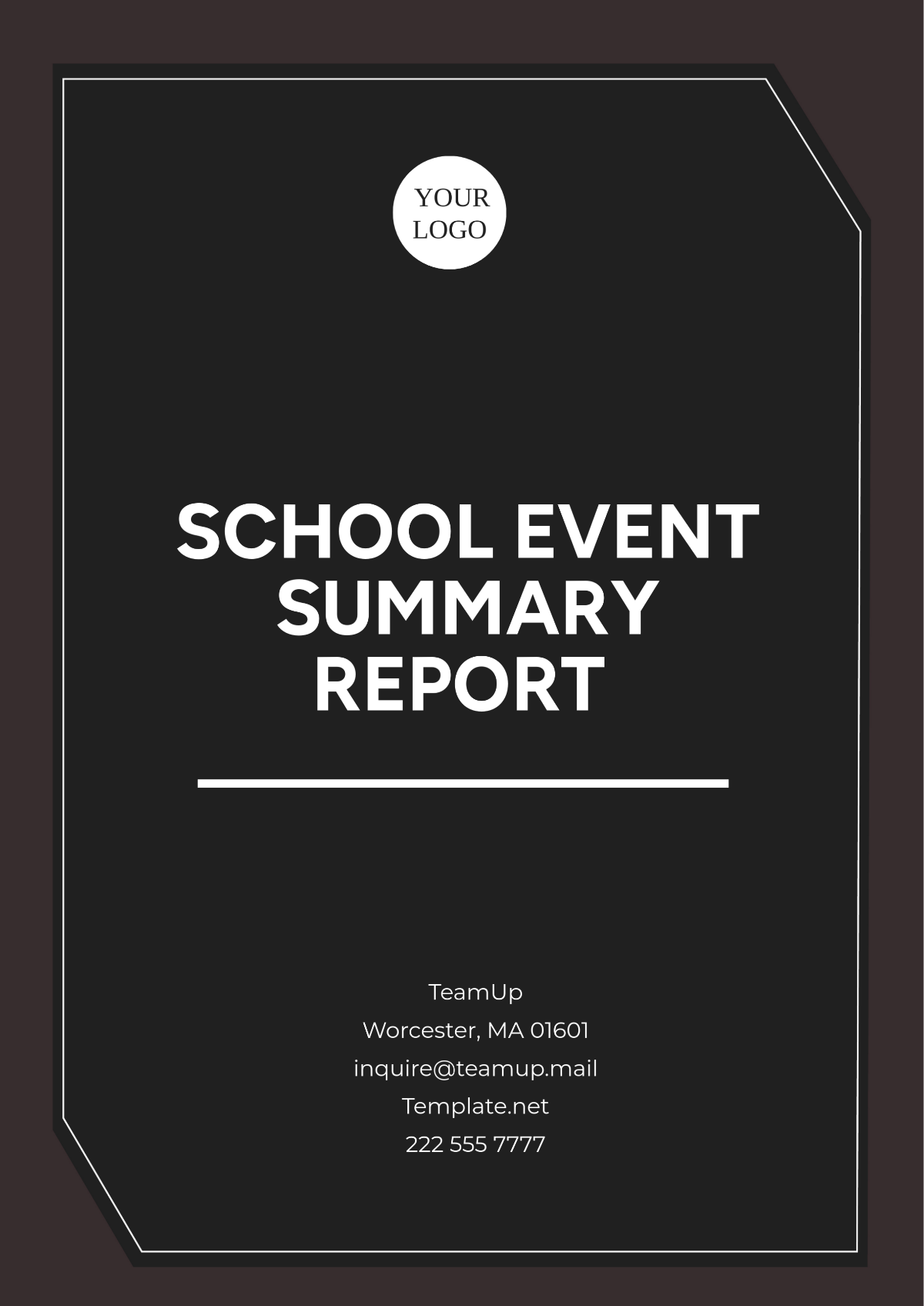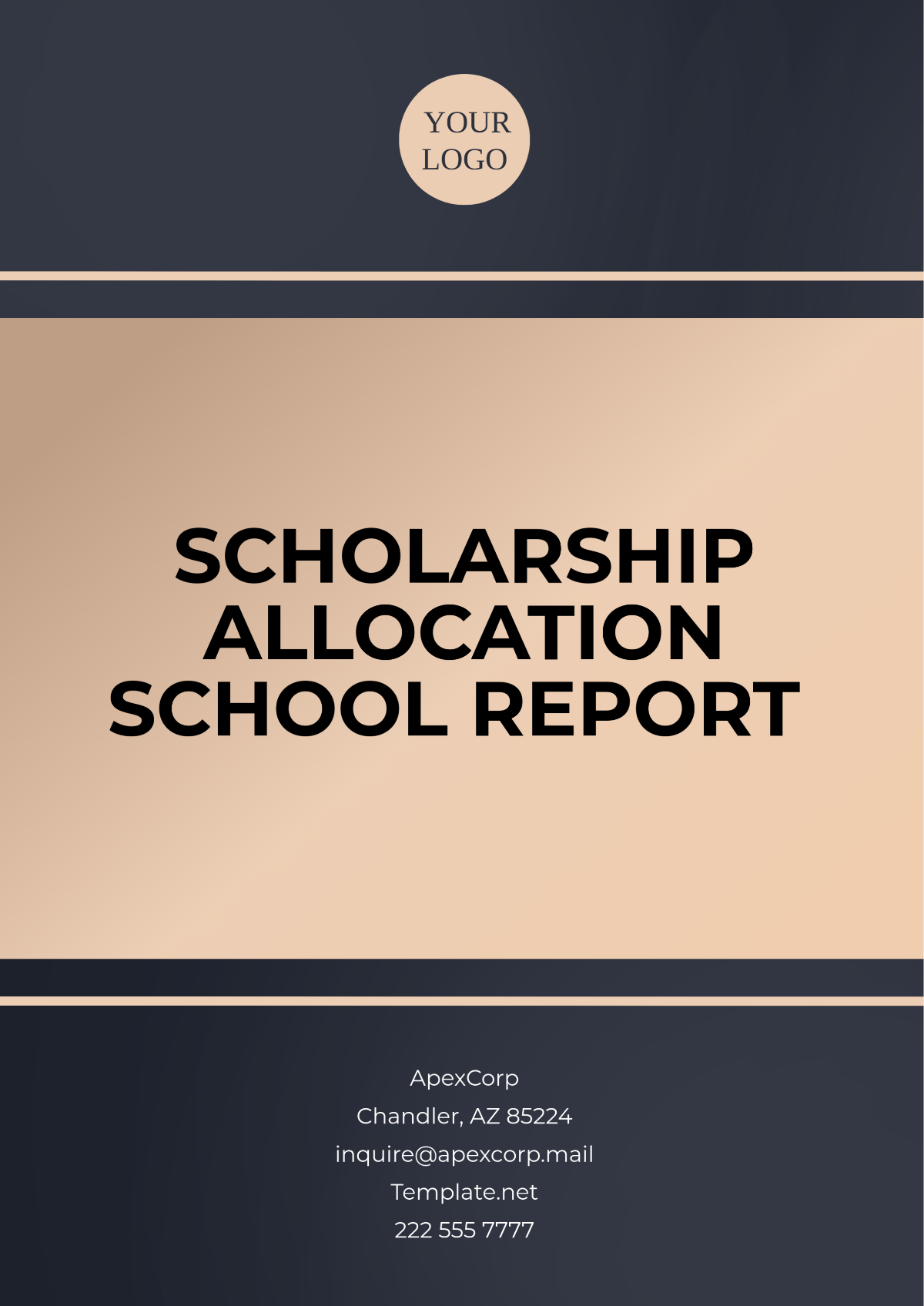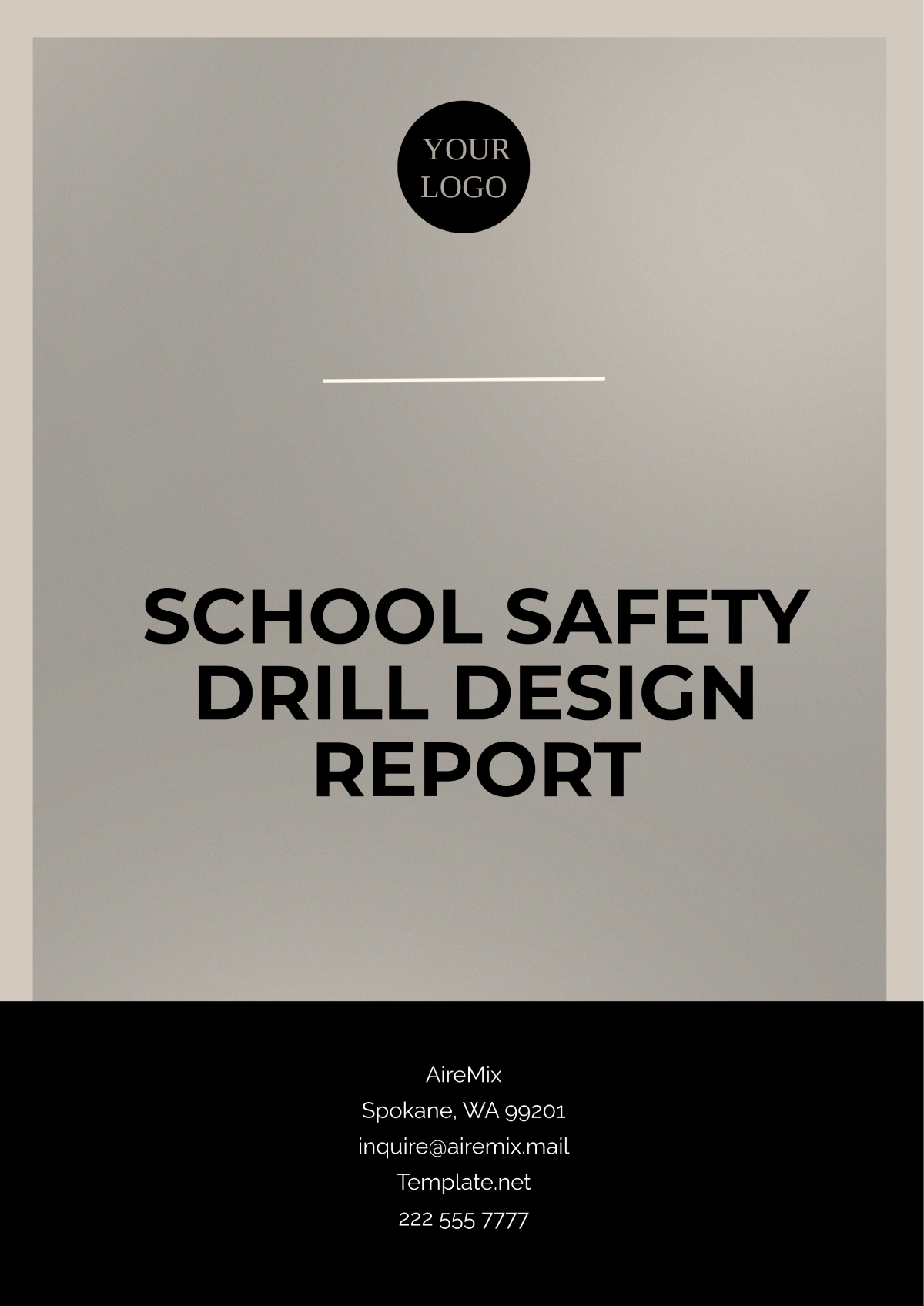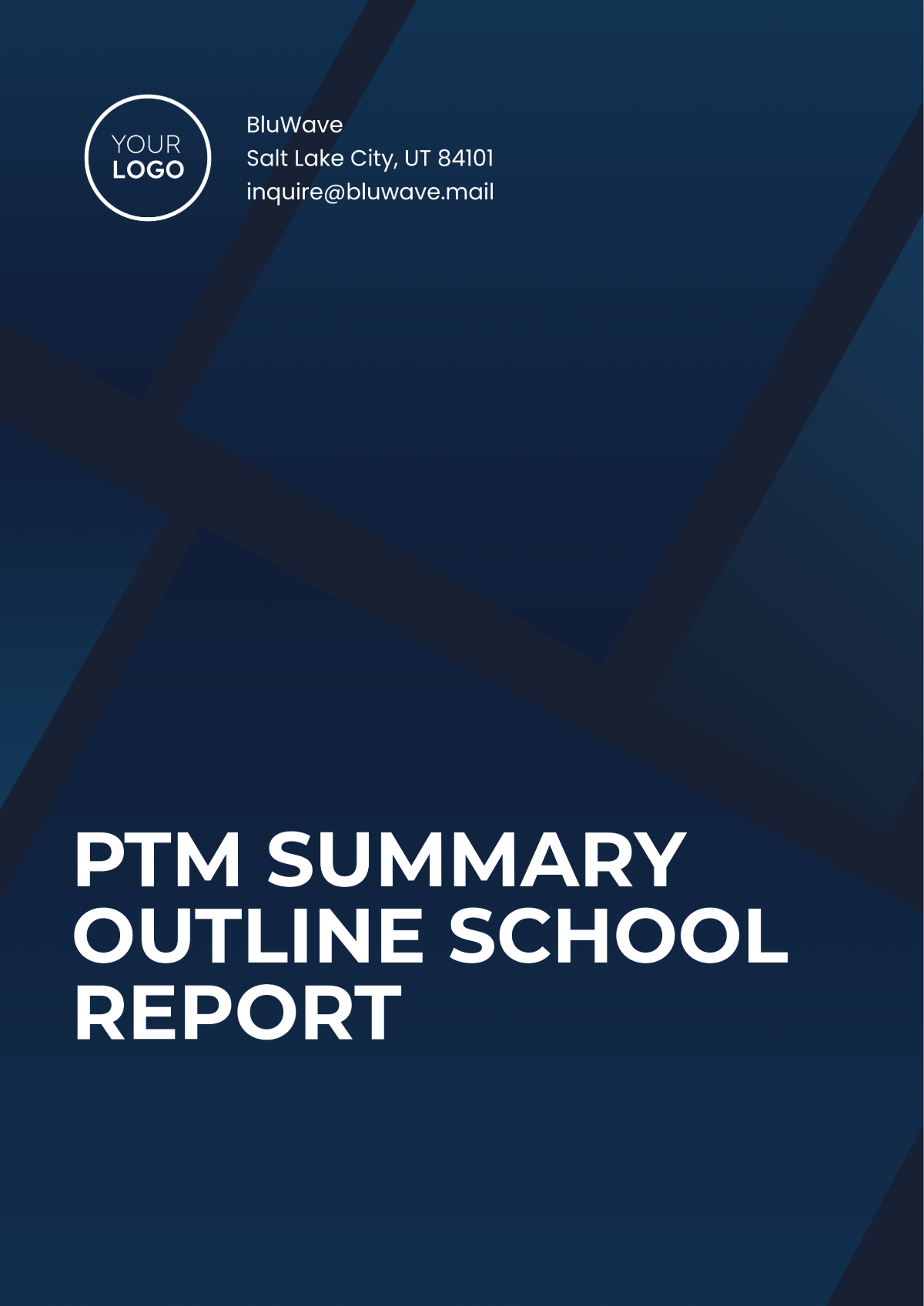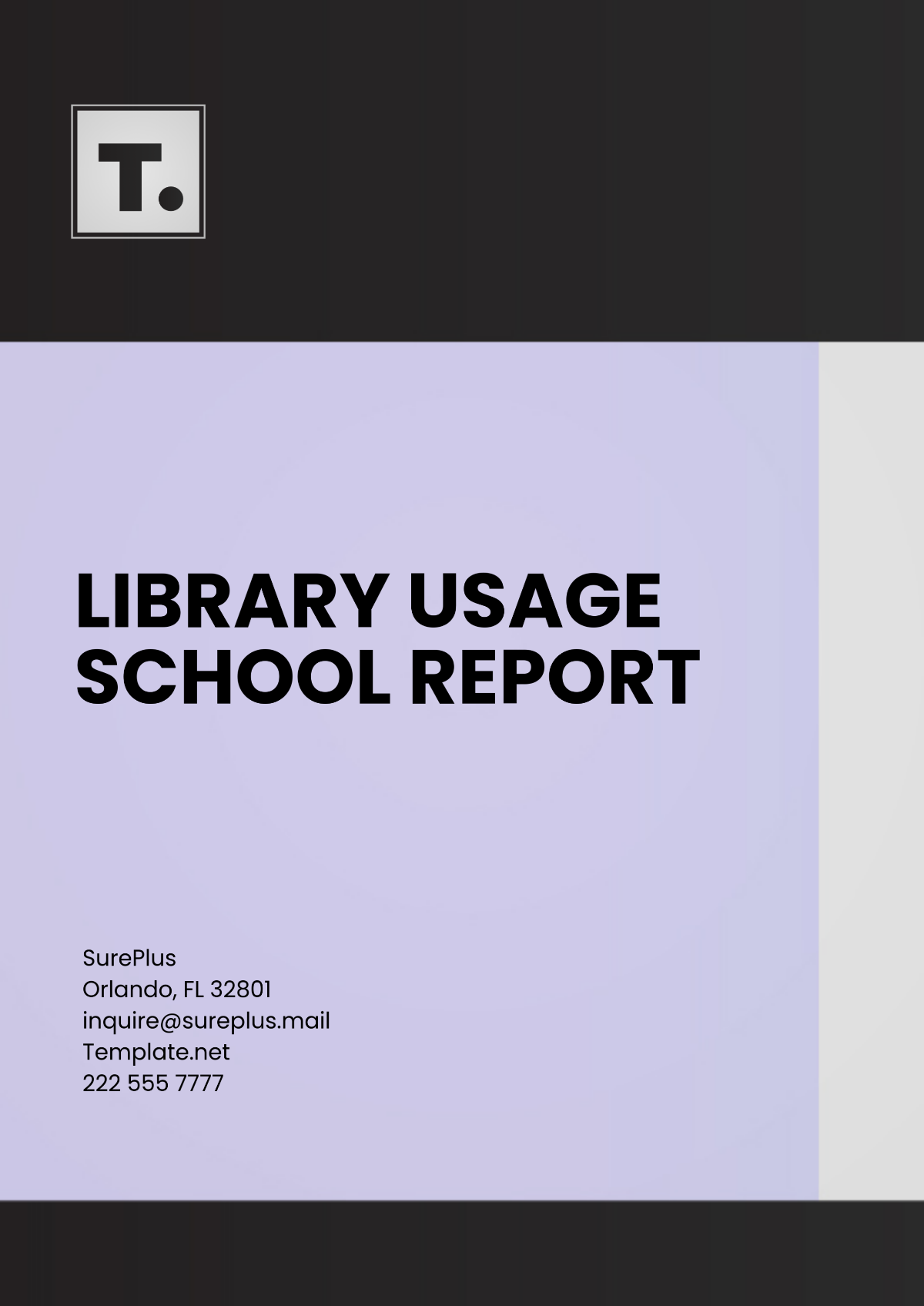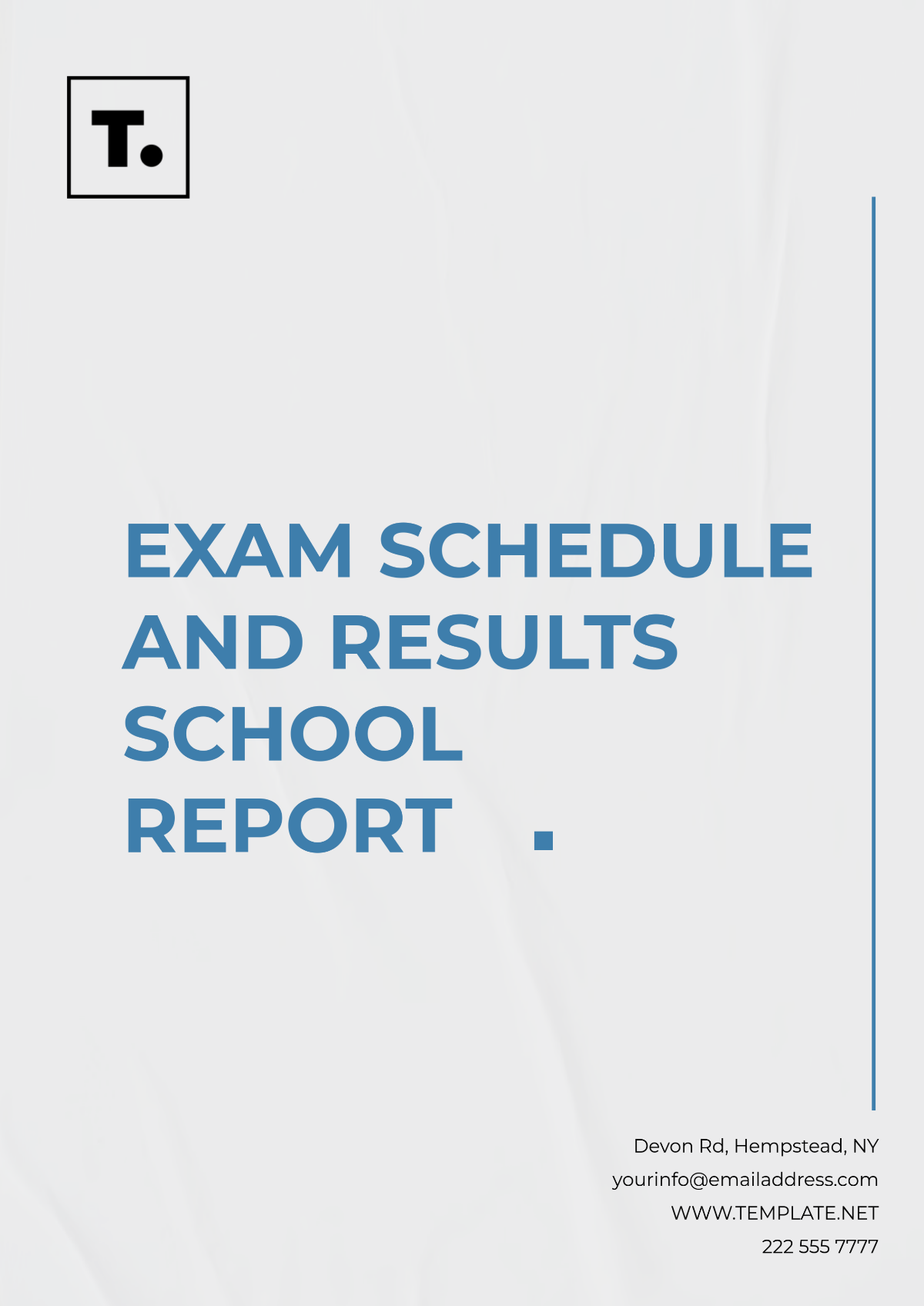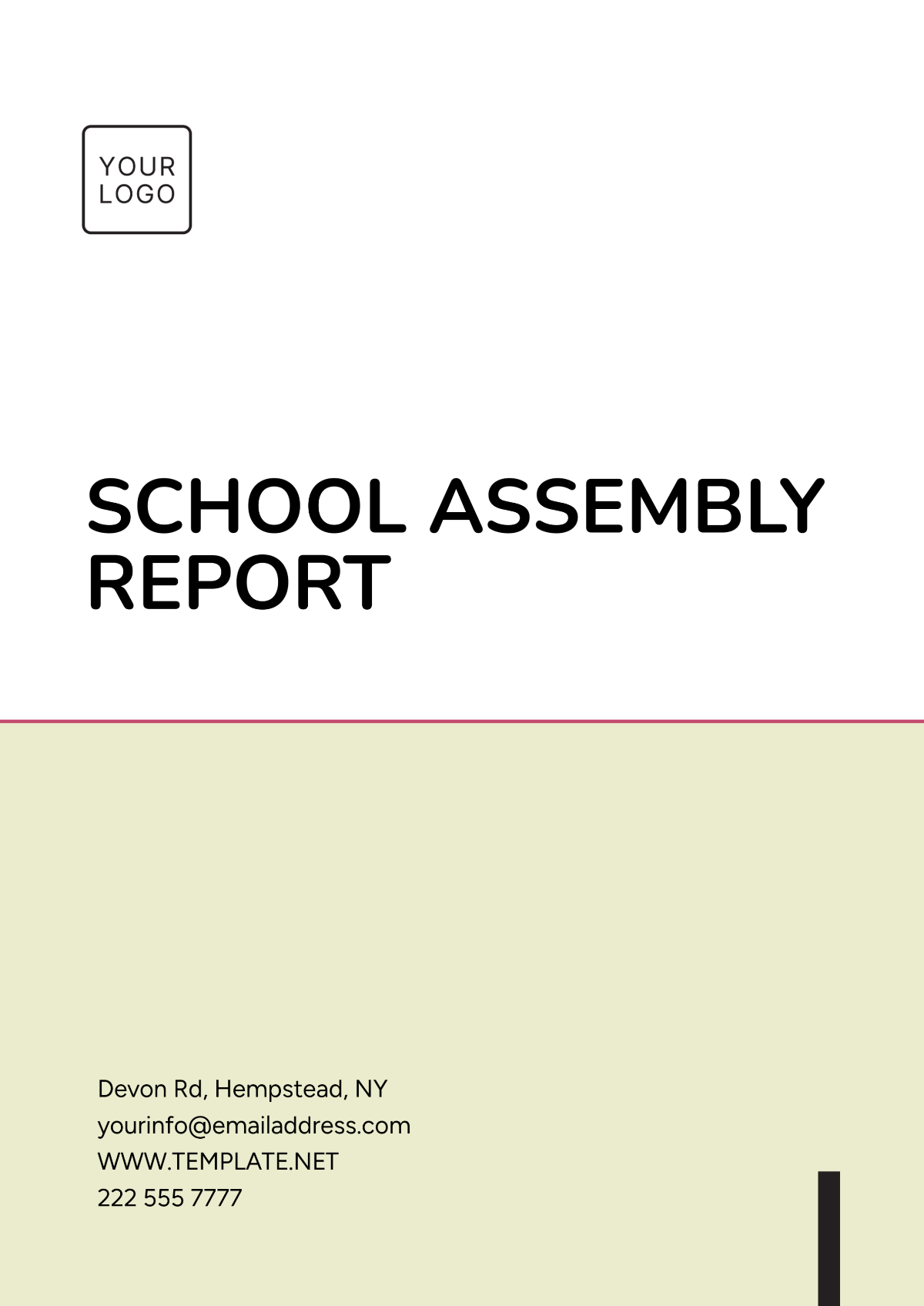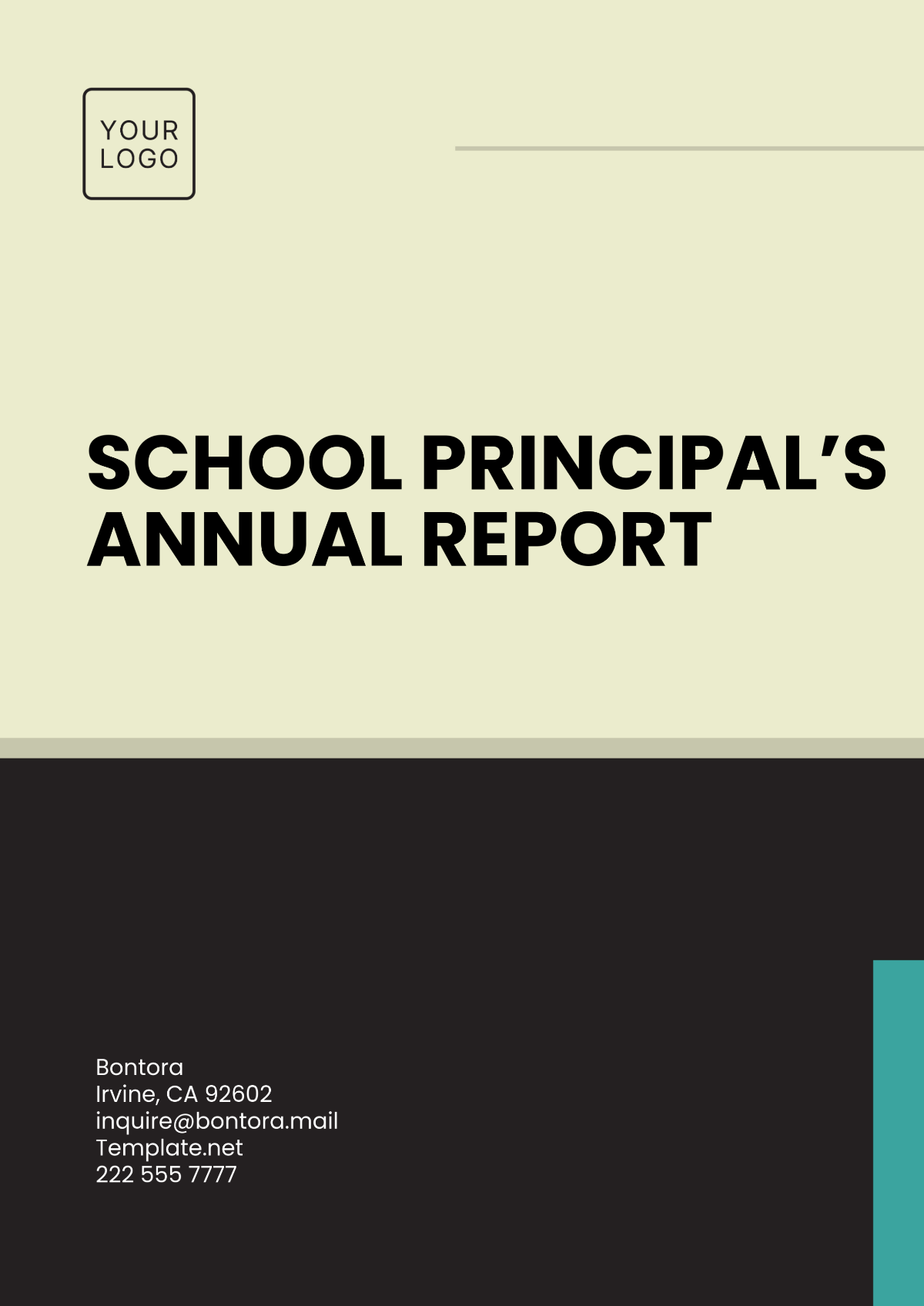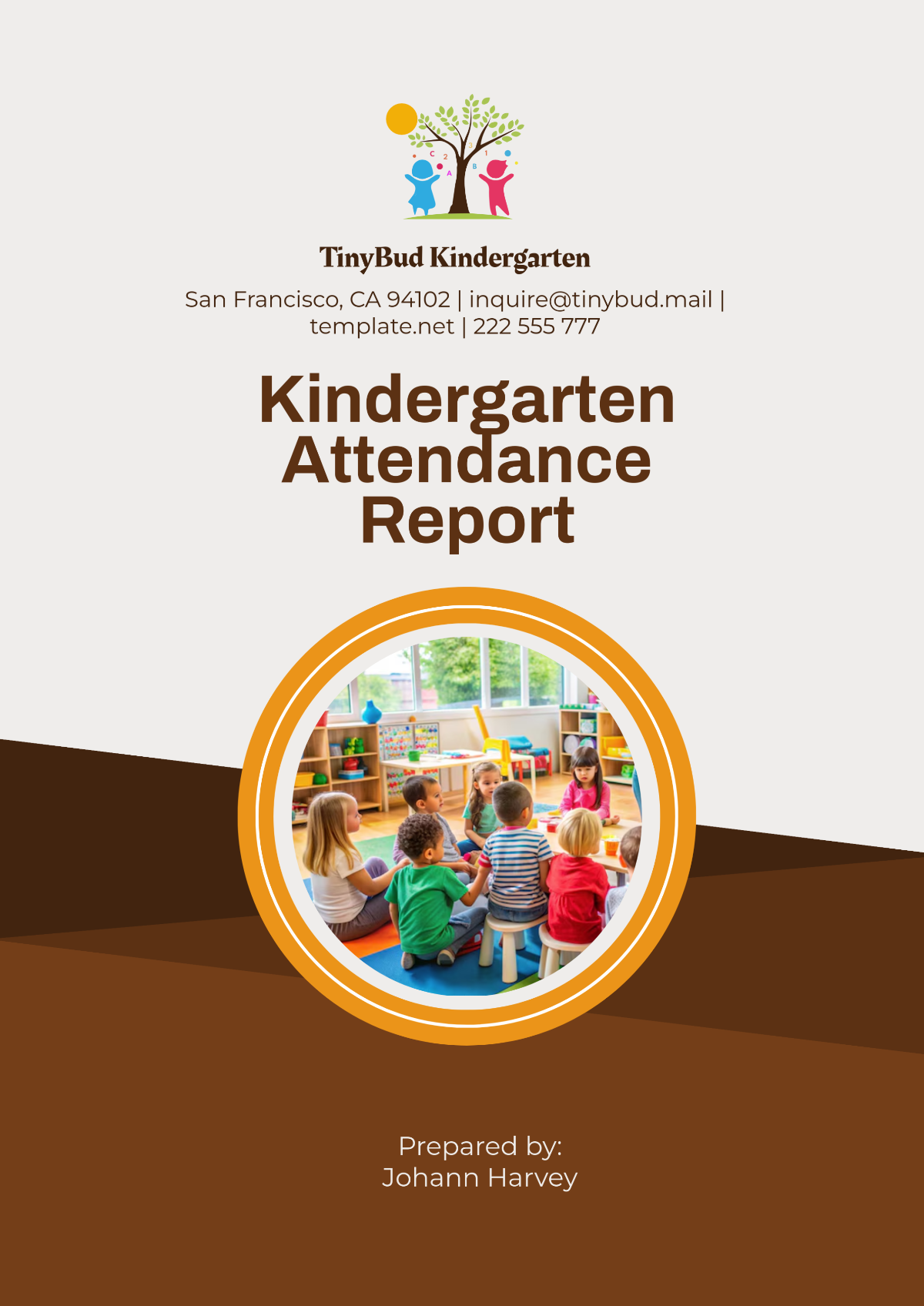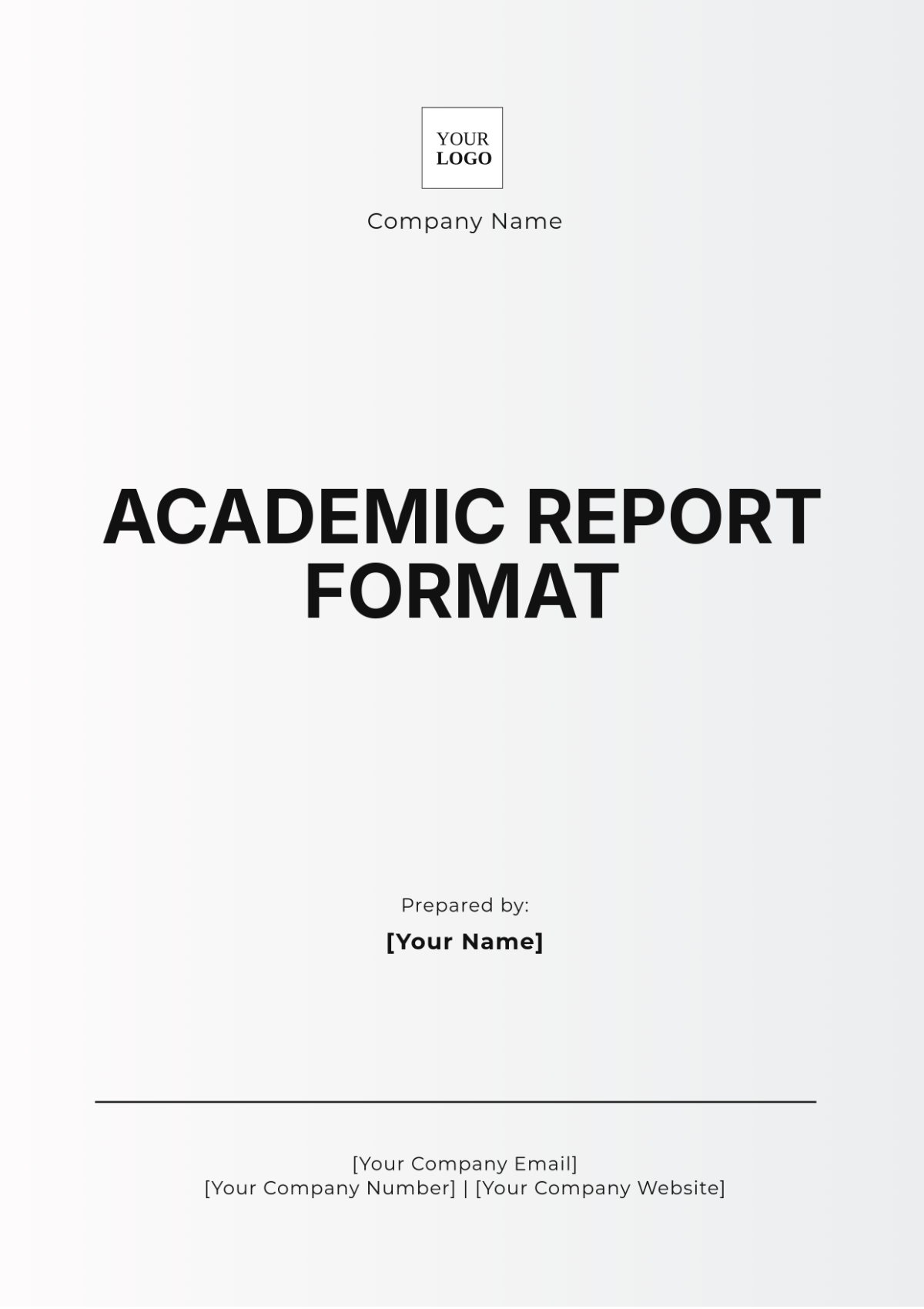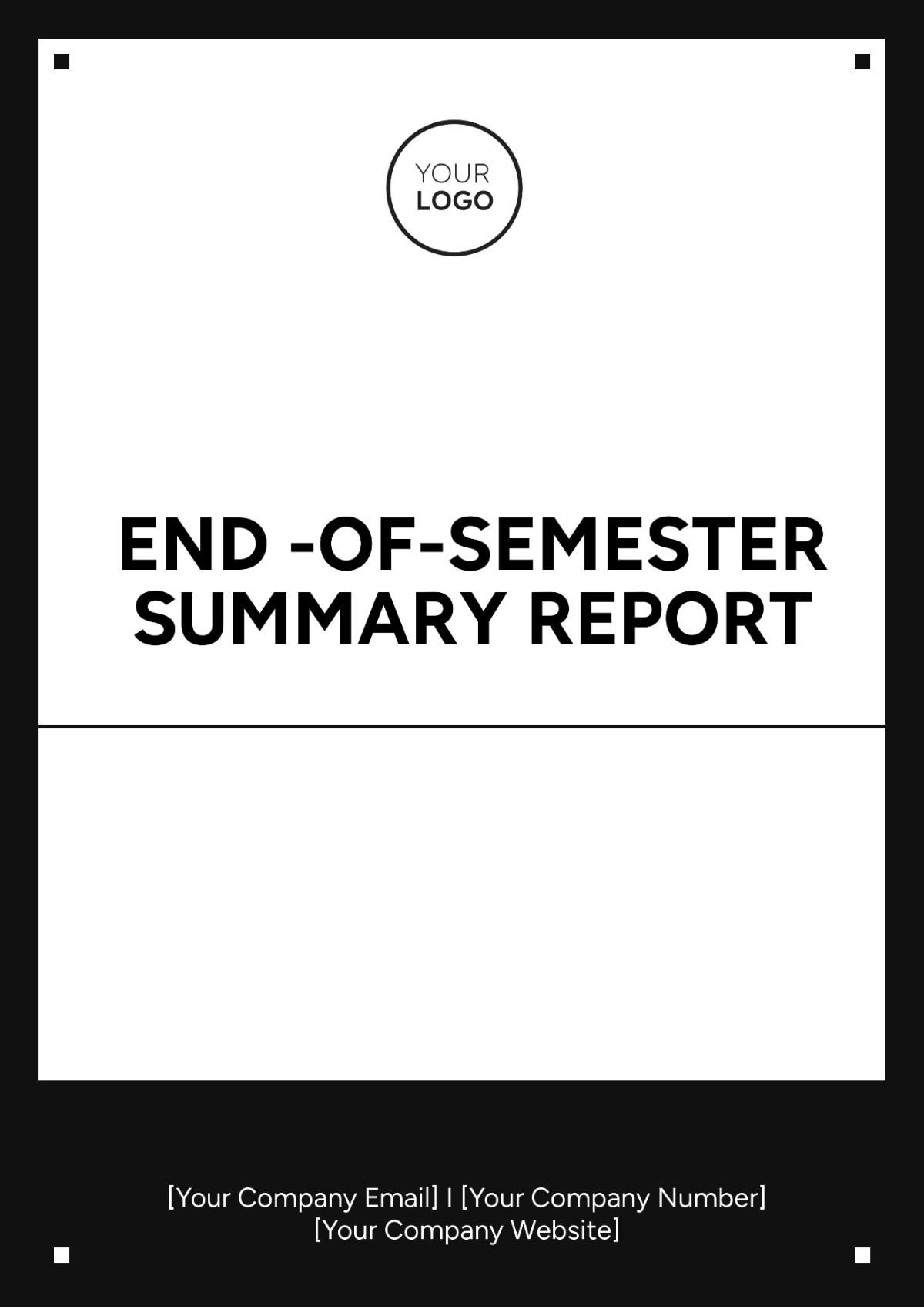Report Layout for College
Prepared by: [YOUR NAME]
Email: [YOUR EMAIL]
I. Title Page
Report Title: Fieldwork Report on Urban Wildlife Habitats
Course Name: Ecology 101
Instructor Name: Dr. Ernesto Murphy
Submission Date: April 15, 2050
II. Introduction
Fieldwork is a critical component of ecological research, providing firsthand insights into urban wildlife habitats. This report explores the interactions between urban development and wildlife in Louisville, aiming to contribute valuable knowledge to the existing literature. By immersing ourselves in the environment, we have gathered essential data to analyze the impacts of urbanization on local species.
III. Objectives
To investigate the diversity of wildlife species in urban areas.
To analyze the impact of urbanization on habitat availability.
To document human-wildlife interactions in Louisville.
IV. Methodology
The fieldwork was conducted between January 15, 2050 and March 10, 2050, employing both qualitative and quantitative methods. Data were collected through surveys, interviews, and direct observations. The following table summarizes the data collection methods and their respective purposes:
Method | Purpose | Date Used | Sample Size | Notes |
|---|---|---|---|---|
Surveys | Gather quantitative data | January 20, 2050 | 100 | Online questionnaire regarding wildlife sightings and interactions. |
Interviews | Collect qualitative insights | February 5, 2050 | 15 | Conducted with local residents and wildlife experts. |
Observations | Record environmental factors | February 15, 2050 | N/A | Daily logs maintained of species observed in various neighborhoods. |
Focus Groups | Discuss findings collectively | March 8, 2050 | 10 | Community meeting to discuss observations and gather input. |
Case Studies | In-depth analysis of examples | March 9, 2050 | 5 | Detailed documentation of five different urban parks and their wildlife. |
V. Findings
The findings reveal significant trends regarding urban wildlife habitats. The data collected indicate that certain species, such as raccoons and squirrels, have adapted well to urban environments, while others, like songbirds, are declining in number. Observations showed that parks and green spaces are critical for sustaining wildlife populations in urban areas.
VI. Discussion
The discussion highlights the relevance of the findings in the context of urban ecology. The decline of songbirds correlates with the reduction of green spaces due to urban development. It is crucial to consider the implications of this fieldwork, including how it relates to existing theories of wildlife adaptation and conservation strategies. Additionally, potential limitations of the study, such as seasonal variations in wildlife behavior, are acknowledged, and suggestions for future research include longitudinal studies to assess changes over time.
VII. Conclusion
In summary, this fieldwork report provides valuable insights into the challenges and adaptations of wildlife in urban habitats. The data collected and analyzed contributes to a deeper understanding of the ecological dynamics at play in Springfield. Future research should aim to expand upon these findings to explore the effectiveness of urban planning strategies on wildlife conservation.

